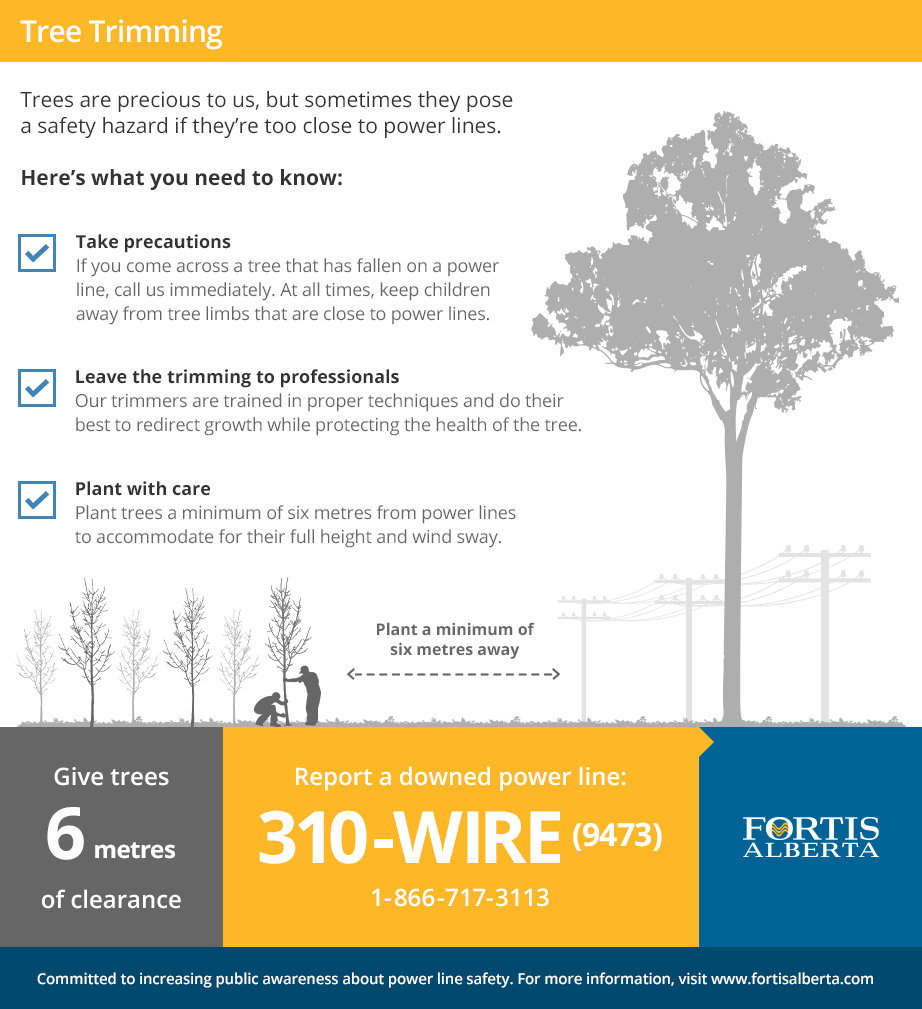Tree Preservation: Indications That Indicate The Need For Elimination
Tree Preservation: Indications That Indicate The Need For Elimination
Blog Article
Article Created By-McCollum Goldman
If you've ever questioned the fate of the trees on your building, recognizing when it's time for removal is crucial. Yet how do you figure out if a tree can be conserved or if removal is the only alternative? By trying to find specific indications and assessing safety risks, you can make informed choices that profit both your landscape and your surroundings. Let's discover the vital variables that enter play when deciding the fate of a tree and just how you can ensure the most effective result for your environment-friendly buddies.
Indicators of Tree Decline
If you observe any one of the complying with indications of tree decrease in your yard, it might be time to consider tree elimination.
One common indication is dead or decaying branches, which can indicate underlying problems influencing the tree's health and wellness. Watch out for blemished or wilted leaves that persist despite having proper treatment, as this could be a sign of disease or bugs.
An additional warning signal is too much leaning or a visible change in the tree's base, which might suggest root issues or structural instability. Watch out for fungal development on the trunk or roots, as this can show rot and compromise the tree's security.
In addition, if you observe large fractures in the trunk or major arm or legs, it's crucial to resolve these problems without delay to stop prospective hazards. Dealing with these indications of tree decline immediately can aid keep the safety and security and aesthetics of your yard environment.
Safety and security Issues
To make sure the health of your residential or commercial property and those around you, prioritizing safety worries related to trees is critical. Trees can pose different security risks otherwise appropriately preserved. Dead or worn out branches may drop unexpectedly, endangering individuals or harmful structures.
Leaning trees can also be dangerous, specifically if they're leaning in the direction of a structure or high-voltage line. Furthermore, trees with comprehensive origin systems near foundations or underground utilities can create significant damages with time.
It's essential to frequently examine your trees for any indicators of potential risk. Look out for splits in the trunk, large tooth cavities, or signs of condition and degeneration. If you discover any of these issues, it's best to consult with a specialist arborist to evaluate the scenario and identify the required strategy.
Taking find out here to attend to safety and security issues without delay can avoid accidents and building damages in the future. Remember, the security of your residential or commercial property and those around you must constantly be the leading concern when it comes to tree upkeep.
Consulting an Arborist
When considering the health and wellness of your trees, seeking advice from an arborist is an essential step. Arborists are trained specialists who specialize in the care and maintenance of trees. They can assess the total health of your trees, recognize any type of problems such as illness or structural issues, and provide experienced recommendations on the best course of action.
By consulting an arborist, you can get valuable insights into the problem of your trees and determine whether removal is needed. Arborists have the understanding and experience to review the risks connected with keeping a tree versus removing it. They can additionally offer advice on different services, such as pruning, cabling, or supporting, to assist protect the tree whenever feasible.
Furthermore, arborists can help you navigate any type of local regulations or permits that might be required for tree removal. https://www.google.com/search?q=Precision+Timber+Felling&ludocid=14488364426700125656&lpsid=CIHM0ogKEICAgIDHztScDQ&source=sh/x/localposts/m1/1&lsig=AB86z5XDzNisBWY-O2yj3bksCBA3&shndl=-1&kgs=857edde0ca74e2e9 can guarantee that the procedure is performed safely and in compliance with any type of relevant legislations.
Conclusion
Finally, when establishing whether trees can be conserved or if removal is required, it is very important to take into consideration indications of decrease and safety worries. Consulting an arborist for a comprehensive evaluation is vital in making the very best choice for the tree's health and potential risks. Keep in mind, proactive treatment and timely activity can aid protect trees and stop mishaps.
